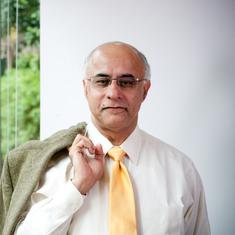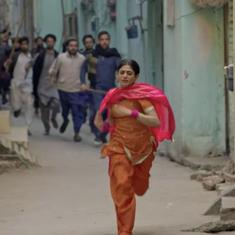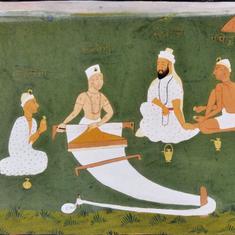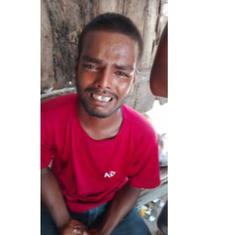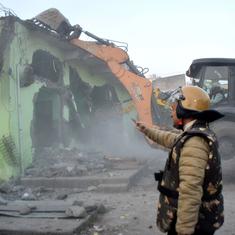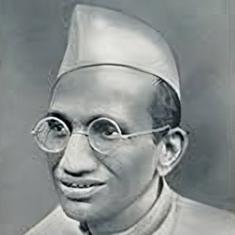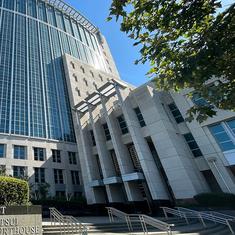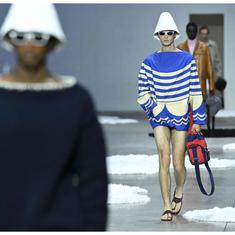There’s a new energy humming through the veins of Bhubaneswar. You could hear it most when the crowd roared through the highs and lows in the just concluded Men’s Hockey World Cup. Or you can see it around smart parks, adaptive traffic signal control systems, wi-fi centres and more, giving it a ‘smart’ vibe.
The city with over five hundred temples is now embracing the twenty-first century under the government’s Smart City programme. By taking in the needs and wants of its citizens through social media, discussion forums, volunteer programs and design competitions, it is winning awards for what a modern city in a developing country should be.
In 2016, The Canadian Institute of Planners (CIP), a well-regarded professional institute awarded the Bhubaneswar Municipal Corporation the Planning Excellence Merit award. That same year it took the first spot in the Ministry of Housing and Urban Affairs’s National Smart City Challenge. In 2017, the Odisha capital was the first Indian city to be awarded the Pierre l’enfant International Planning award by the prestigious American Planning Association (APA).
Be it the state-of-the-art Intelligent City Operations and Management Centre or the upcoming Bhubaneswar Town Centre District, open spaces are the plan’s utmost priority. Acupressure walkways, open-air gyms, skating rinks, ornamental gardens, and basketball courts are springing up in various parks of the city. Just before the World Cup commenced, Mo Cycle was launched to get people to share bicycles and ditch motorised transport. The just-concluded BhuFeSto, an international storytelling festival for kids, also had people flocking to three city parks.
To gauge how child-friendly Bhubaneswar is becoming, just go visit the Park of Children with Special Needs. A reflexology pathway, braille and musical walls, a sand play table and a ball pool are some of the features of this attraction. The design of the Integrated Public Service Centre, what with its dispensary creche, library and reading room, and a community space, is another case in point.
Odiyas love for hockey has also translated into renovated spaces in the city. The makeover story of the Kalinga Sports Complex, the venue for the Men’s Hockey World Cup 2018, includes pushing the seating capacity from 5,000 to 15,000 and replacing all play and practice pitches with astro-turfs.
Besides the capital, the Chhotanagpur region from where many a hockey legend has come, including former India captain Dilip Tirkey, will also get astro turfs in each district. State-led initiatives too will encourage the youth to seriously pursue the sport.
With a bank of sports talent including sprinter Dutee Chand and hockey player Dipsan Tirkey, Odisha is growing as a sports hub by leaps and bounds. Consumed by a sports culture and love for open spaces, the 14th edition of the Men’s Hockey World Cup found the right ambiance and host in Bhubaneswar.
A significant jump from Rs 120 crore to Rs 350 crore in the sports budget of the state is an indication that many more exciting initiatives are in the pipeline. A host of corporates are also joining the government to establish academies for hockey, football, athletics, shooting, swimming and weightlifting. Last month, an MoU was signed between the All India Football Federation and the Odisha government to host national team camps as well as the Indian Arrows, an I-league team. Clearly, the Men’s Hockey World Cup has just initiated Bhubaneswar into hosting many more world-class sports events. To explore Odisha, click here.
This article was produced by the Scroll marketing team on behalf of Odisha Tourism and not by the Scroll editorial team.
